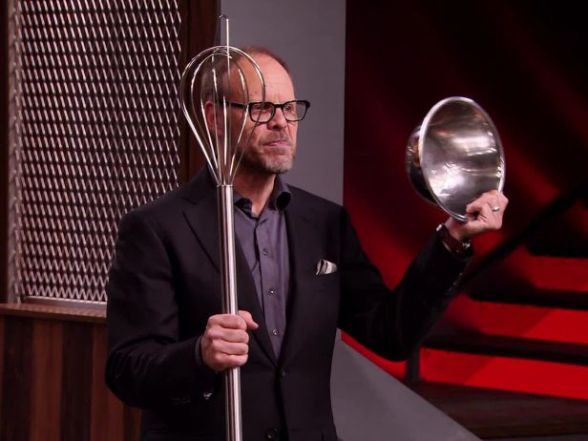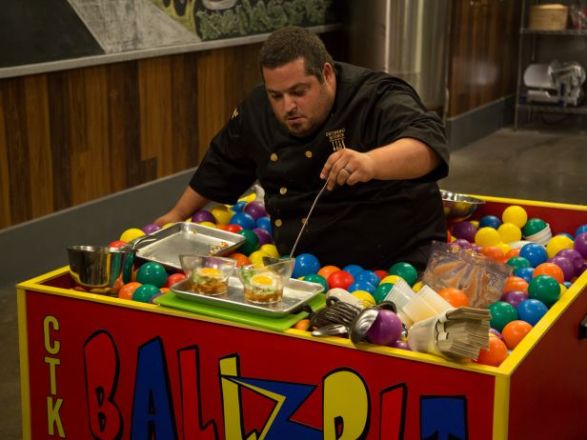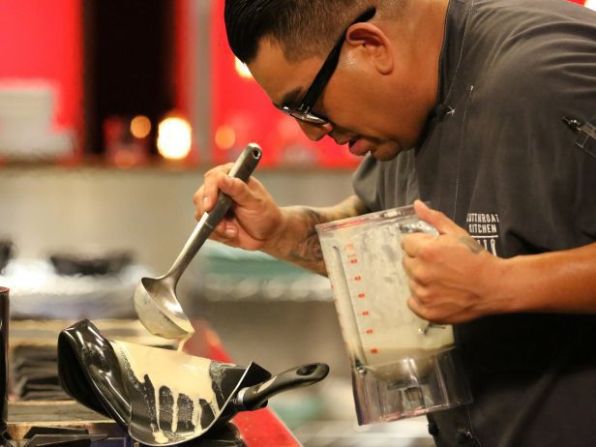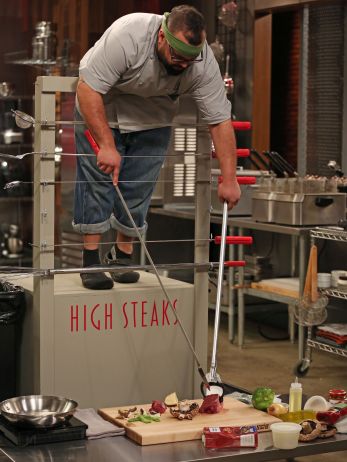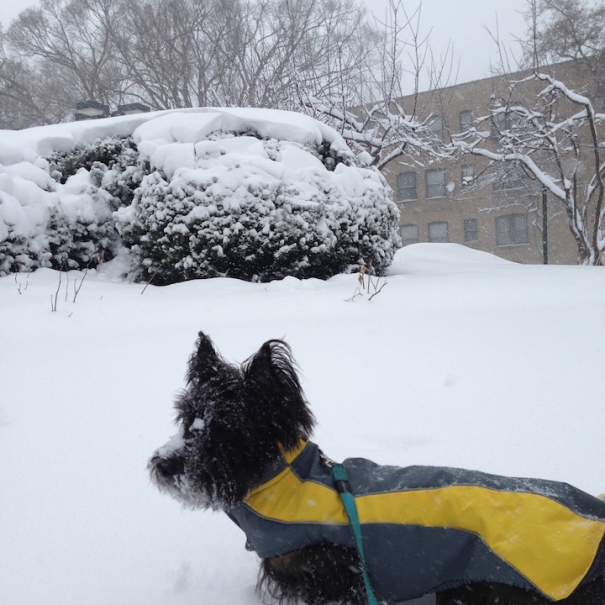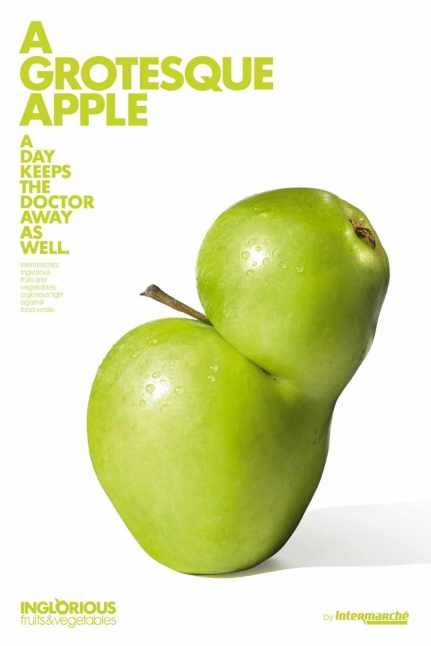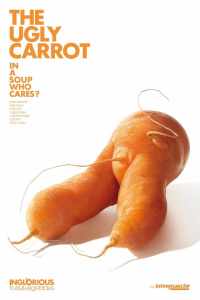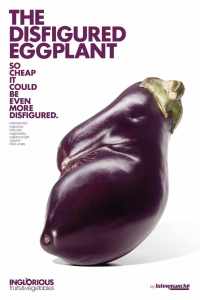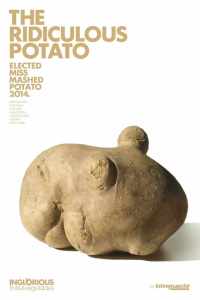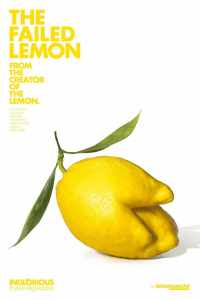I’m not a huge TV fan, but I first came to know about Cutthroat Kitchen because my wife liked to watch it.
The format of Cutthroat Kitchen is simple. It is a cooking competition where four chefs eliminate one another over three rounds of cooking. At the start of each show, the chefs are given an upfront prize money of $25,000, which they can use to bid for sabotages to inflict on one another. The more money they bid with, the less they have for themselves if they end up as the final winner.
The sabotages differ each week. In one episode, one chef had to do his food prep in a ball pit! (Talk about being in the pits…)
In another episode, one chef had to make crepes “in” a terribly misshapen pan!
After each round of cooking, a judge tastes the dishes and eliminates one of the chefs. The judge has no clue what the sabotages were, or who was sabotaged.
When I first watched the show, I thought it was silly, even sadistic. Why do we delight in seeing people pranked and sabotaged? If the point is to pick out the best chef, why place so many obstacles in the way of their culinary skills?
But after a while (and perhaps one gets desensitized over time), I began to appreciate the show. I think Cutthroat Kitchen reflects some realities about life.
How often we go into a situation with a great plan only to be disappointed to find out that critical parts of the plan are missing. Perhaps we don’t have certain resources. Maybe the cost of materials has gone up. Perhaps some other department is not cooperating. When that happens, we get anxious and upset. We think, no way we can do it like this!! So we do everything to raise the stakes, not too different from how the chefs in Cutthroat Kitchen raise their bets.
But as we’ve seen too many times on Cutthroat Kitchen, it is possible to take a sabotage (or more), and still finish the task. It may require a different process, it may require the dish to be refashioned or even reinterpreted, but it can be done. Often, the dish turns out quite well too. In fact, chefs who’ve had to work through sabotages at times outperformed those that had no sabotages!
Life likes to throw us curveballs, sometimes nasty ones. It is important to be able to adapt and change one’s strategy and plan in the midst of adversity. More impressive perhaps, are those who can change their mindset as well. The most impressive chefs I’ve seen are those who have looked at a sabotage and said, yes it’s dreadful but I’m not going to raise the stakes on this one because I think I can deal with it. There is something inspiring about people who are keenly aware of their skills and gain quiet confidence; people who focus on what is possible rather than what is impossible. These are often the game-changers.
As they say, things often seem impossible until they are done. I used to find Cutthroat Kitchen frivolous, even irritating. I’ve learnt to appreciate it better. I think there’s a lot we can learn from the show. I now watch it with a curiosity as to the breathtaking possibilities when we learn to adapt and change our plans and strategy, and perhaps more importantly, also our minds.
Image credits: Food Network

